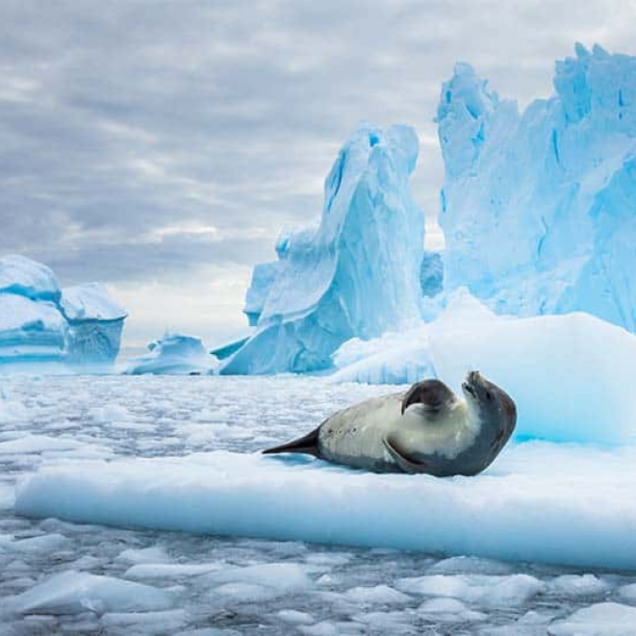

For many, a tour to Antarctica is the ultimate destination. This pristine environment is rightly described as one of the world’s last great wildernesses. Where once only the boldest adventurers would dare to go, adventurous travellers can tread! Specially equipped ice-strengthened expedition vessels now allow small groups of adventure travellers to experience Antarctica in all its wonder. Tours offer tremendous wildlife viewing opportunities, complete with shore landings and walks, with the support of an expert crew.
Starting in the 2025/2026 season, G Adventures’ famed Ocean Adventurer will take on the name Expedition, carrying forward the legacy of their beloved little red ship that defined polar adventures for over 15 years.
The new ship offers a smoother ride, updated interiors, and more space for travellers and crew to connect. The expedition is expected to have a 30% lower carbon footprint than previously.
Now is the time to book your once-in-a-lifetime Antarctica experience, and who better to go with than G Adventures? Epic excursions and unbeatable value that’ll float just about anyone’s boat. Click on the link below for more details and to book.
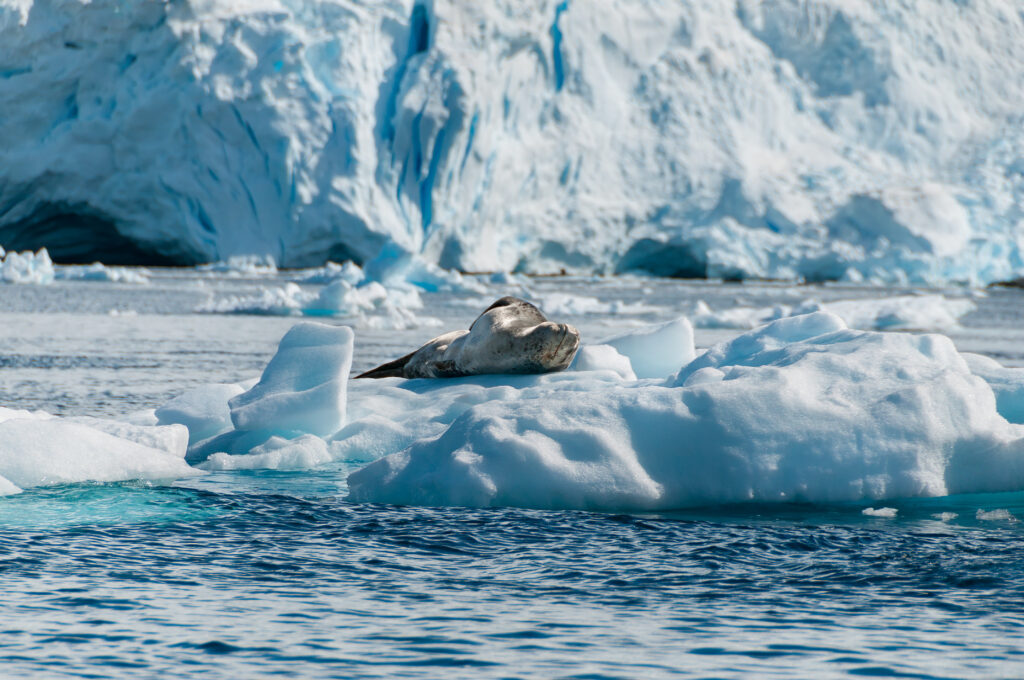
What’s more, you can save up to 35% off select Expedition tours until the end of May!
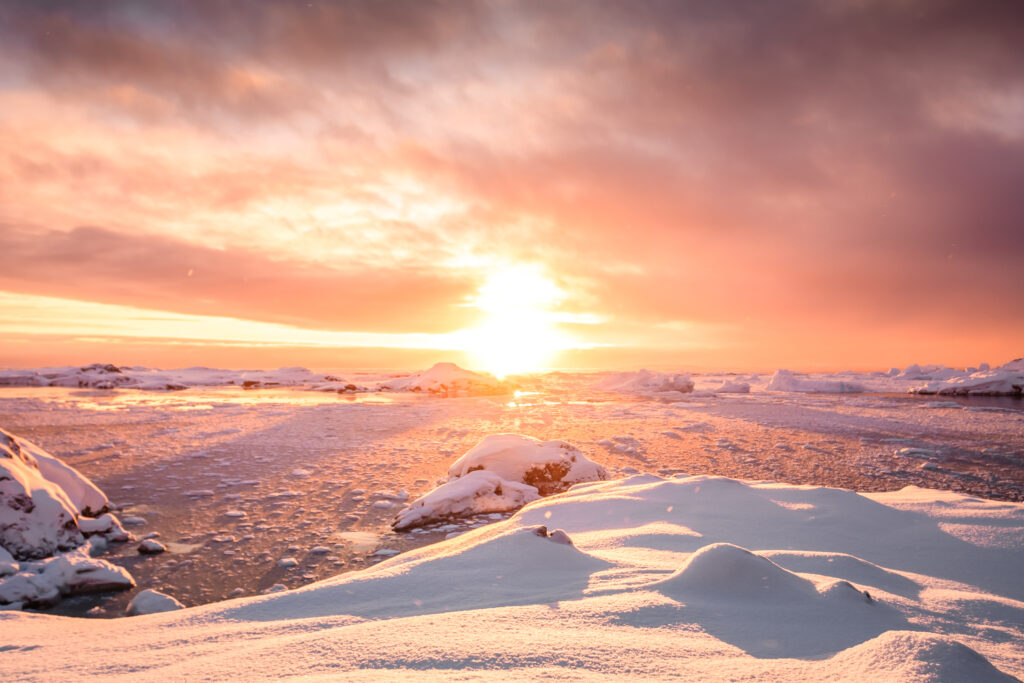
Antarctica is the coldest, windiest, driest place on Earth. It has so little precipitation that it’s technically a desert, with no tundra or treeline. The terrain is about 98% ice and 2% barren rock beneath its thick ice sheets. Antarctica is a dynamic and diverse continent with mountains, volcanoes, deserts, meteorites, and dinosaur fossils. Unlike the Arctic, there are no native mammals on the continent. However, during a tour to Antarctica, it’s possible to photograph a variety of species of penguins, whales and sea birds. Porpoises, dolphins and seals are also abundant. It is possible to witness mating and nesting penguins at different times of the austral summer.
Did you know?
A group of penguins on land is called a waddle. The same group in the water is called a raft.
G Adventures offer these fantastic adventures to Antarctica, with tours from 11 to 22 days.
Read more about G Adventures’ cruises and tours here.
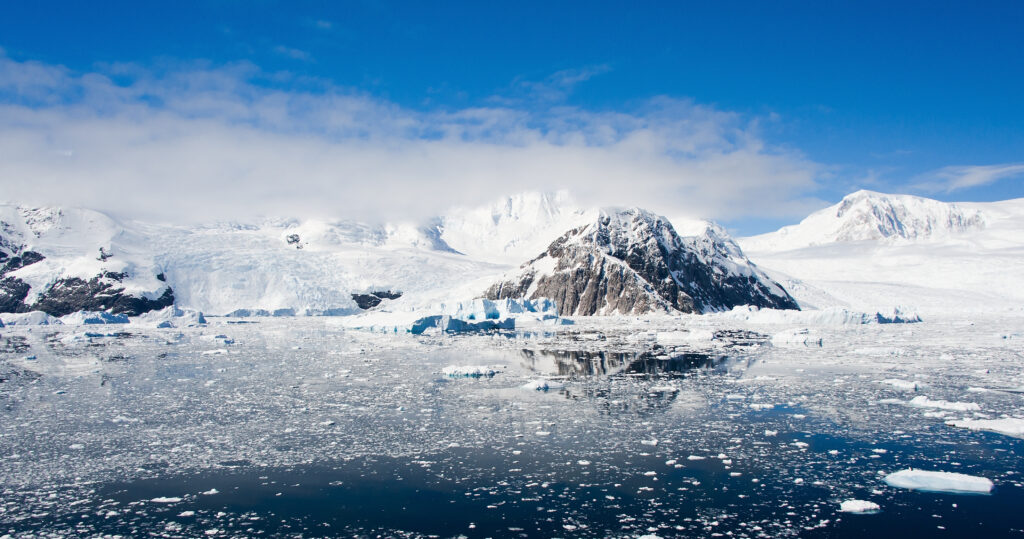
We recognise that ‘adventure’ may mean different things to different people. At Tucan Travel, we recognise how fortunate we are to have the opportunity and freedom to choose our adventure. Others are less fortunate. For many, ‘adventure’ may be the dream of living free from fear, hunger, poverty and exploitation.
Read more about our commitment to Responsible Travel.
The remote White Continent has attracted scientists and explorers for over two centuries. But now, this frozen land has opened its doors to adventure travellers. Antarctica remains one of the most uncharted places on Earth. However, you can be one of the lucky few to set foot on this breathtakingly beautiful continent.
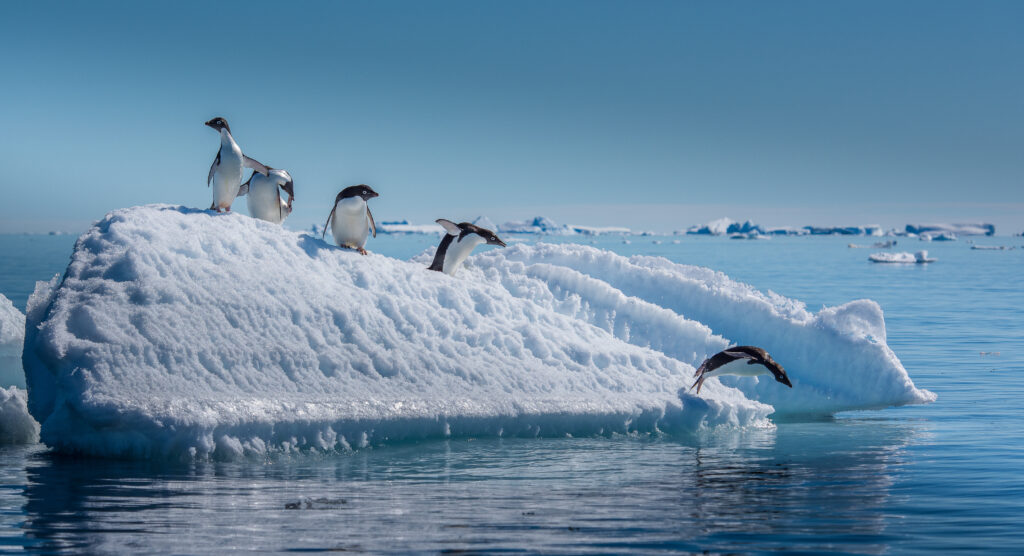
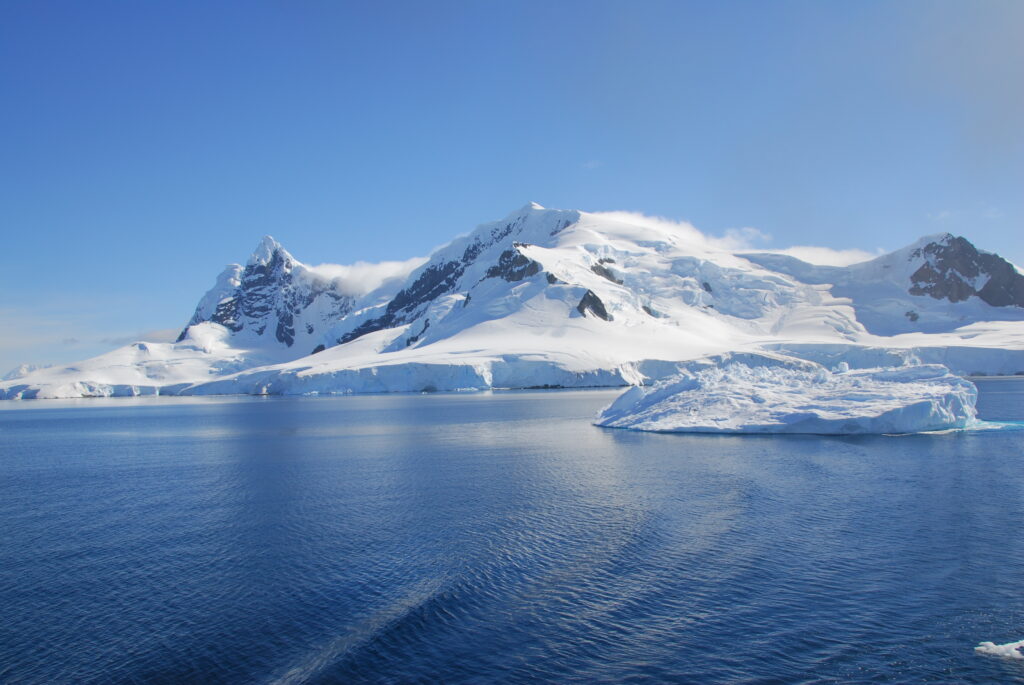
Antarctica is described time and again as one of the last great wildernesses. It’s the coldest, windiest, harshest continent on earth and with so little precipitation (roughly 5 cm or 2in per year) it also the driest place on earth, practically a desert. The terrain is about 98% ice and 2% barren rock but beneath its thick ice sheets, Antarctica is a dynamic and diverse continent with mountains, volcanoes, deserts, meteorites, dinosaur fossils, and some of the earth’s most ancient crust.
An eternal magnet for explorers and researchers alike, Antarctica’s environmental and physical challenges have never been enough to stop expedition after expedition from attempting polar crossings, and it certainly hasn’t stopped scientists queuing up to spend a year or more at a remote research station.
But modern Antarctica is no longer just the territory of the brave and the bold: this is now a continent within reach of any adventure traveller. Although Antarctica is still one of the most uncharted places on earth, you can join a Tucan Travel Antarctic voyage and be one of the lucky few to set foot on this breathtakingly beautiful continent.
From the fascinating archipelago of Tierra del Fuego in Argentina to the Antarctic Peninsula, Shetland Islands and beyond, you’ll be totally mesmerized by unique wildlife, majestic icebergs and superb scenery. Landing in zodiac style boats, sightings of large penguin colonies, magnificent whales, and breathtaking icebergs and glaciers will make each day more incredible than the last.
The austral summer, from November to March, bathes Antarctica with almost 24 hour daylight. An Expedition Cruise to Antarctica will take you to remote locations with landscapes unlike anything you have ever seen before. Exciting landings in zodiac boats as well as sightings of large penguin colonies, magnificent whales, breathtaking icebergs and stunning glaciers will make each day more incredible than the last. The changing climate and the mobility of icebergs prevent the possibility that two voyages, or even two days, could be alike.
Antarctica is the coldest and windiest continent on earth. The average temperature is -49 °C (-56°F). East Antarctica is at a higher elevation than West Antarctica, so is generally colder. The Antarctic Peninsula has a more moderate climate, though the highest temperatures average only slightly above freezing in January in coastal areas. The difference in temperature between the inland ice and sea creates strong winds that can blow up to 320 kilometres per hour (about 200 miles per hour).
A great deal of research is being undertaken in Antarctica to measure climate change. Because Antarctica contains about 90% of Earth’s ice and 70% of its freshwater, any changes in temperature could cause the ice to melt and raise sea levels worldwide. Scientists studying ice cores taken from Antarctica have been able to look back 740,000 years in time to analyse the chemistry of the earth’s atmosphere and estimate average temperatures, which has helped to assess the impact of human activity on the Earth’s climate.
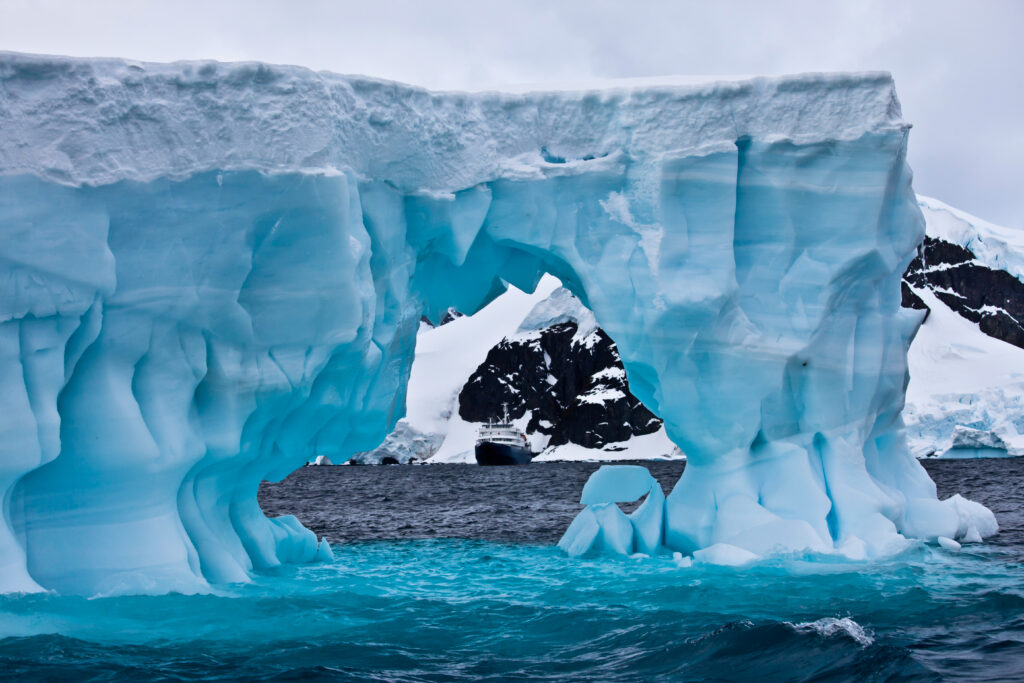
We are passionate adventure travelers who want to share the world and our travel experiences with everyone…
This website uses cookies so that we can provide you with the best user experience possible. Cookie information is stored in your browser and performs functions such as recognising you when you return to our website and helping our team to understand which sections of the website you find most interesting and useful.
Strictly Necessary Cookie should be enabled at all times so that we can save your preferences for cookie settings.
If you disable this cookie, we will not be able to save your preferences. This means that every time you visit this website you will need to enable or disable cookies again.
